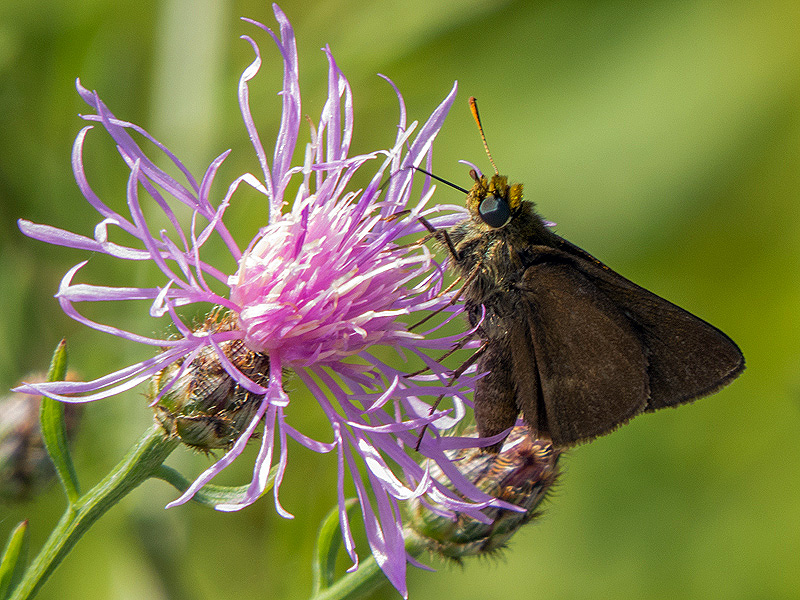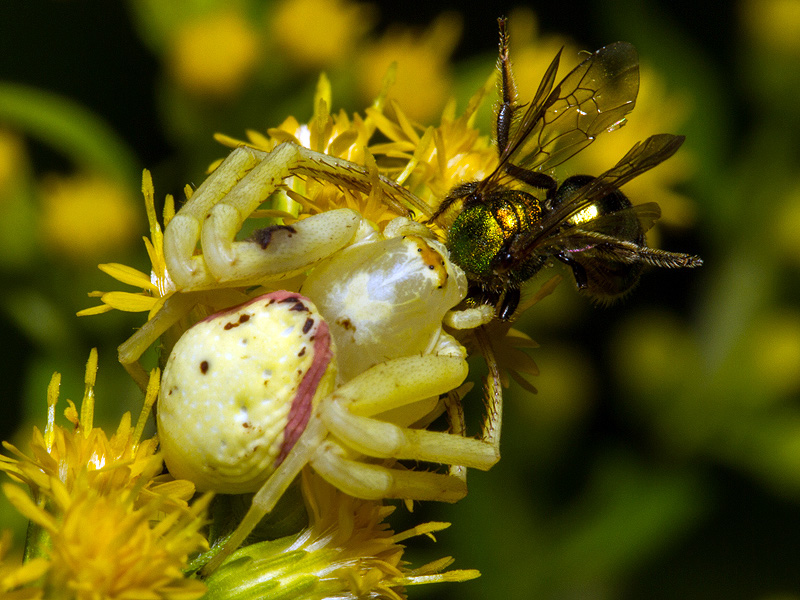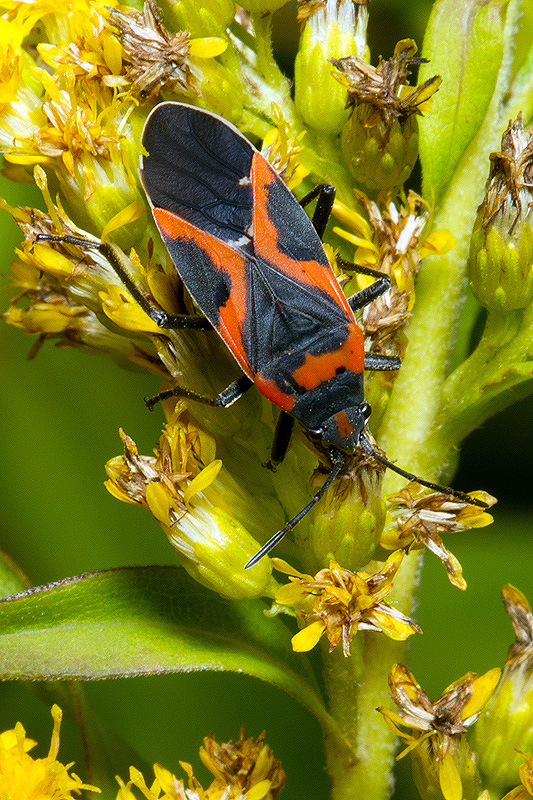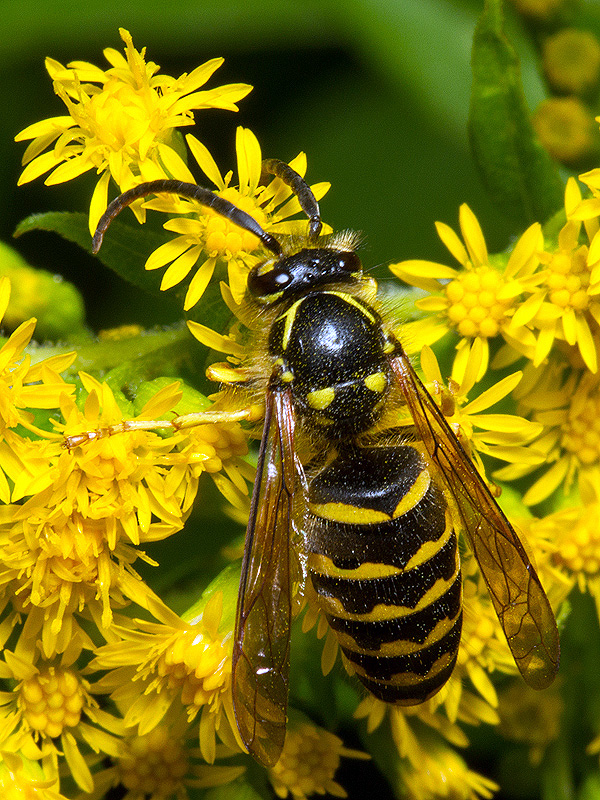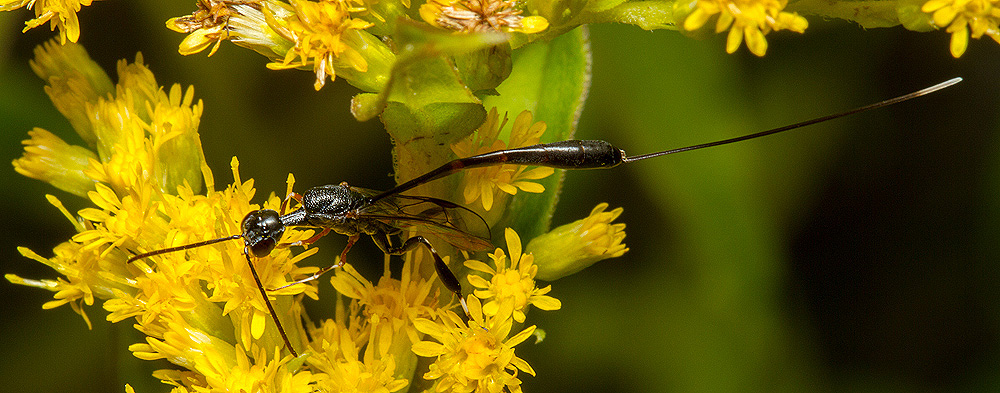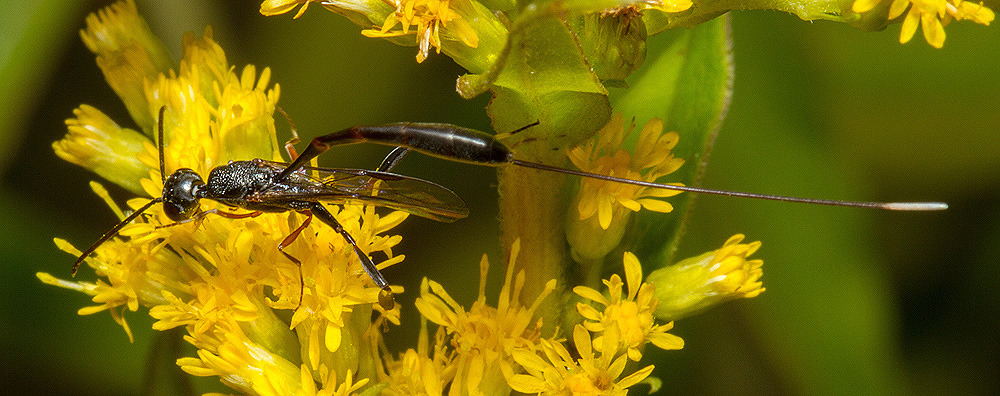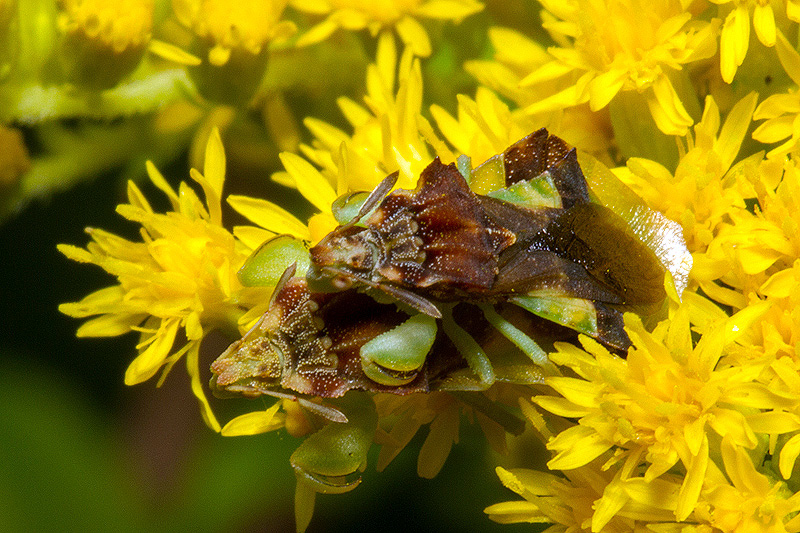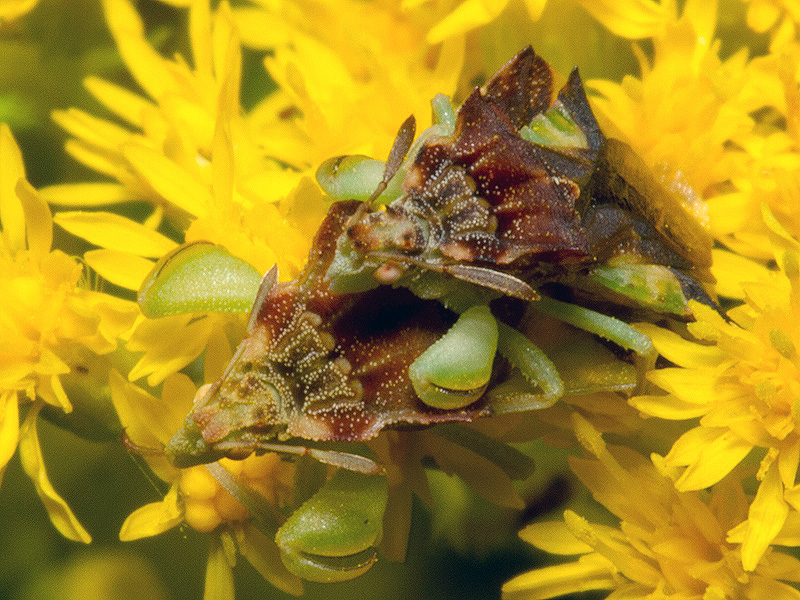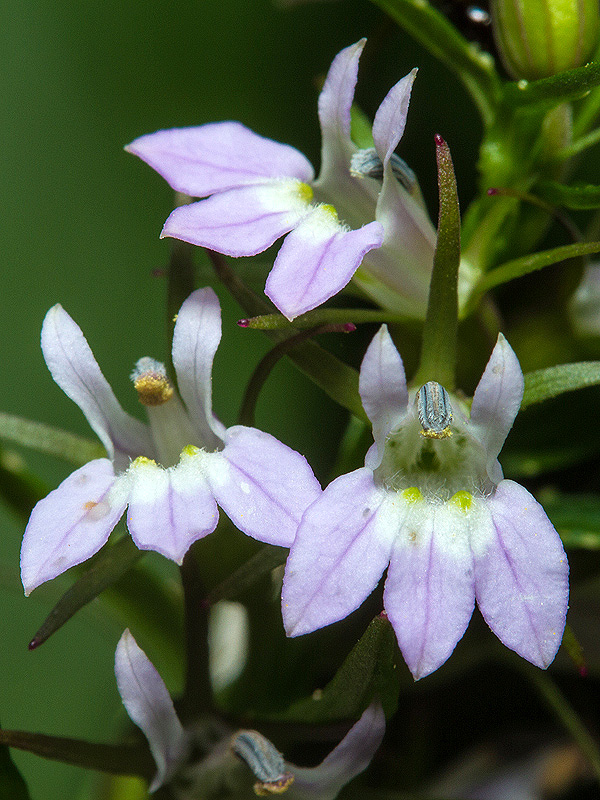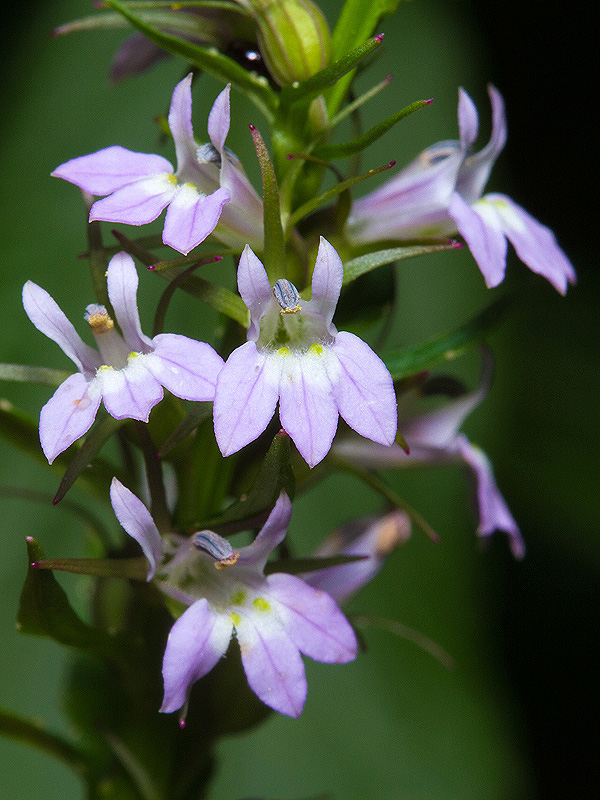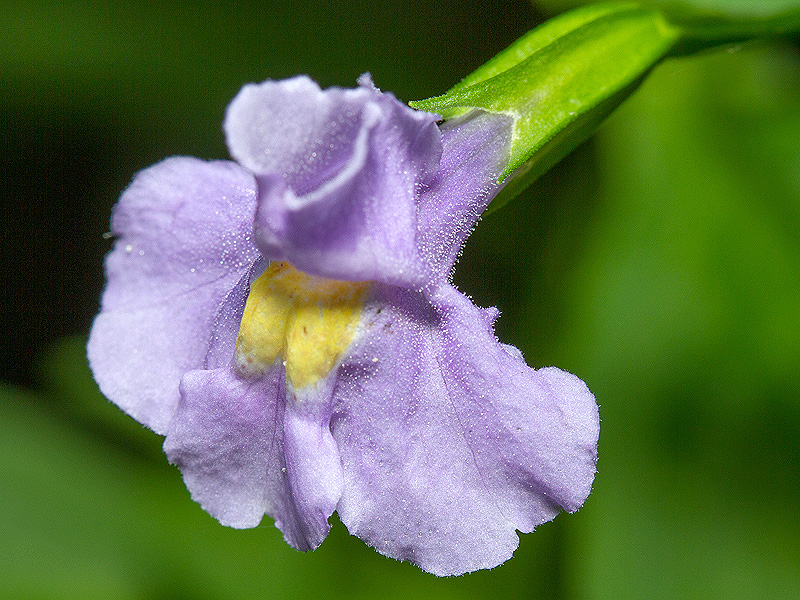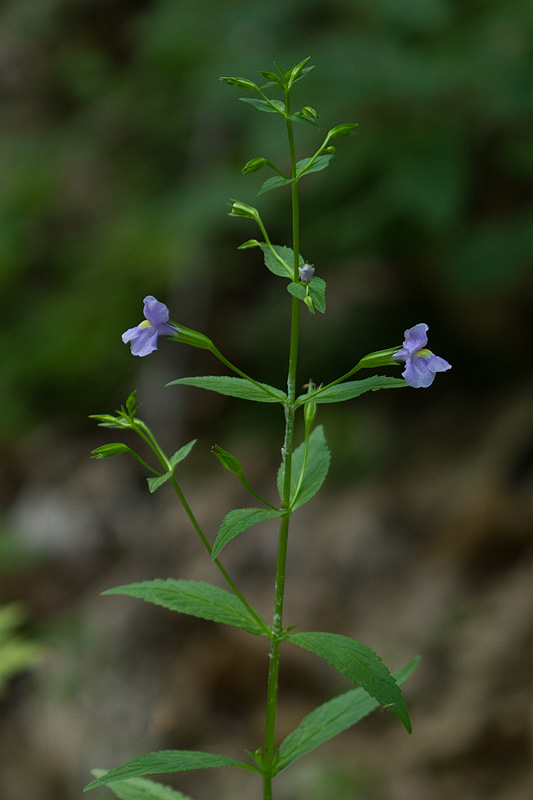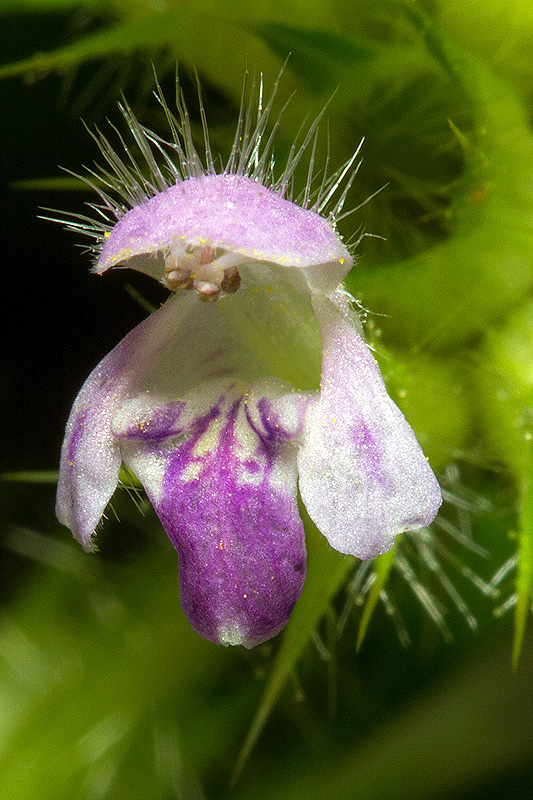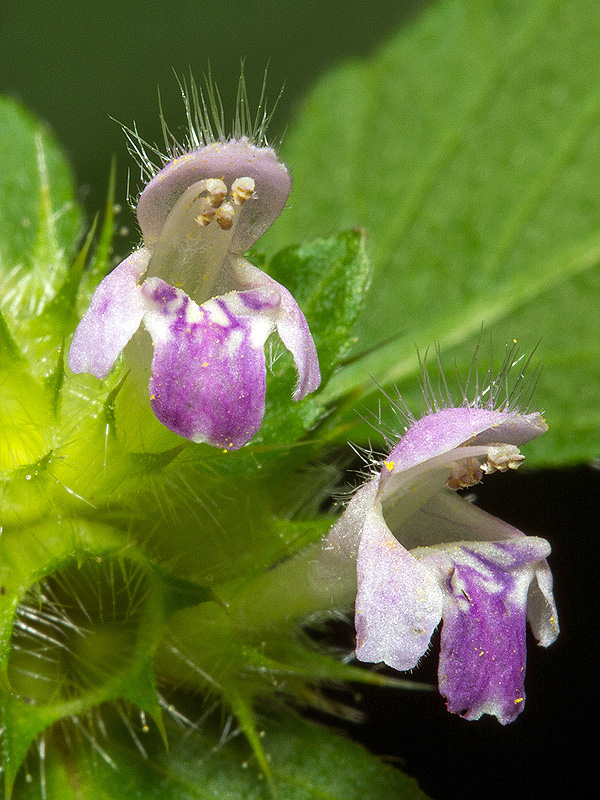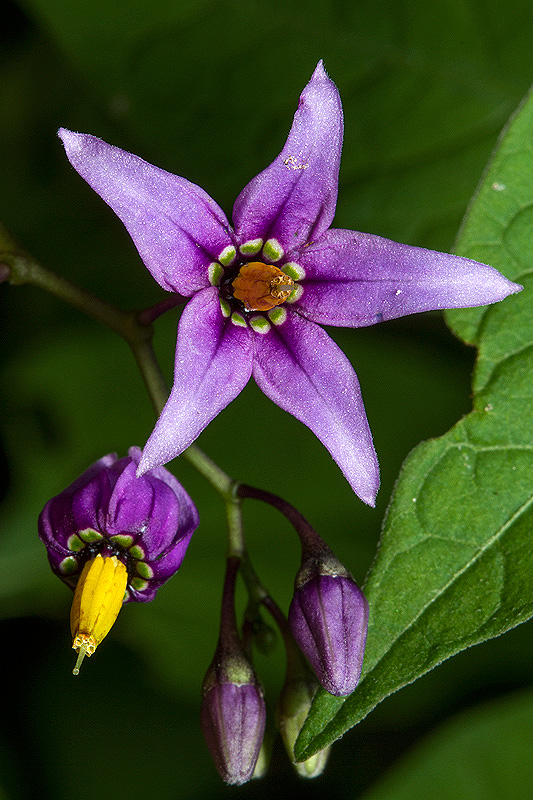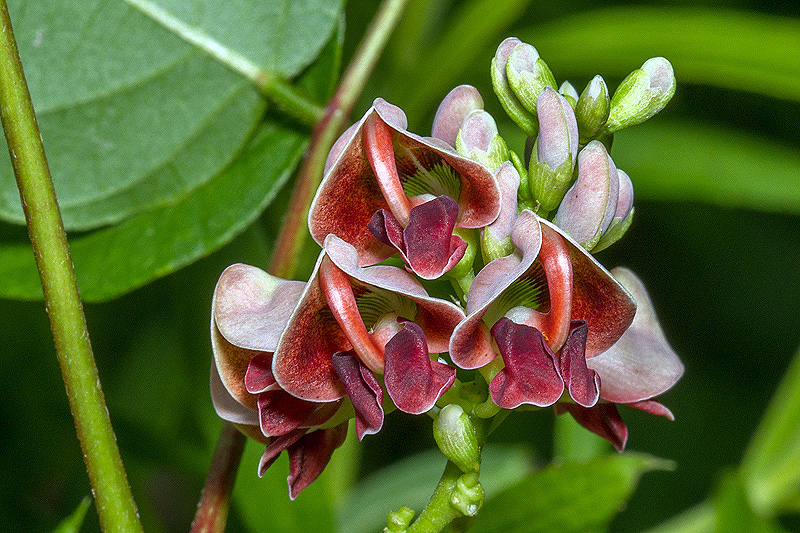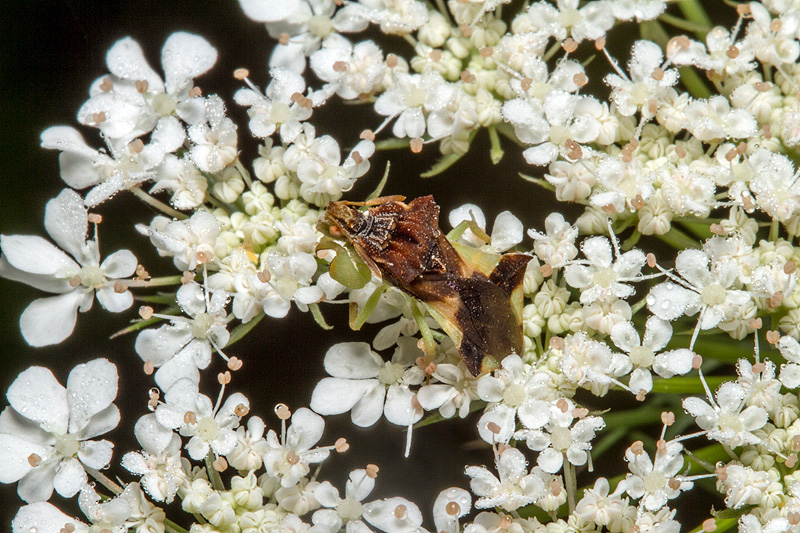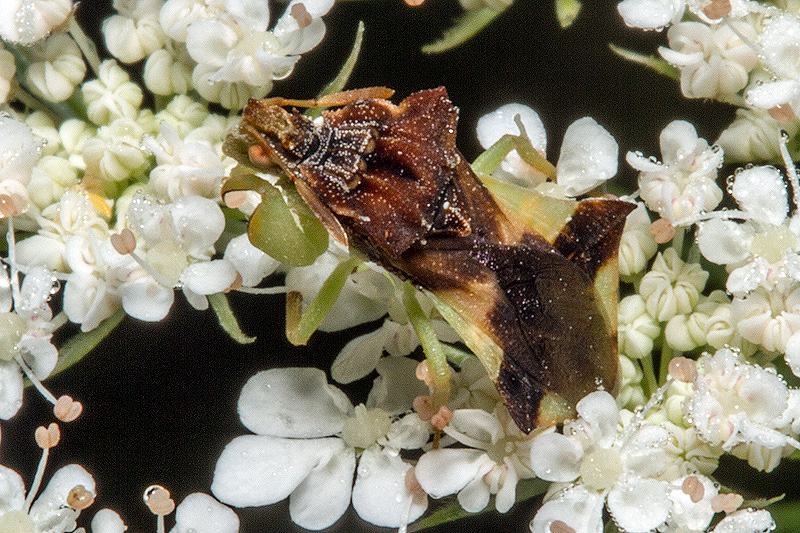Along the Air Line... 2015 - Summer, Part 5 The Air Line Trail in Eastern Connecticut - Stan Malcolm Photos |
mHome Page Stan's FlickR Albums |
July 20th. Wood Ducks (Aix sponsa). Mom and the "teens". |
|
Backlit Great Blue Heron (Ardea herodius). |
Frontlit and on the hunt. |
Eyes postioned to look forward and down. |
Very intense concentration. |
It missed. |
|
Is it possible for a bird to convey disgust? |
Cabbage White or European Cabbage Butterfly (Pieris rapae). |
A hovering male Horse Fly (probably Hybomitra sp.). Males hover in sunny patches on woodland trails, vying for access to females. |
Green Frog (Rana clamitans). |
|
The Purple-bloom Russula (Russula mariae). Thanks Terry for confirming ID. |
|
July 21st. Buttonbush or Honey-balls (Cephalanthus occidentalis). |
|
A Bolete, but I don't know which one. |
|
July 22nd. An afternoon walk east of Cook Hill Road, past the former heron roost marsh. |
Purple Loosestrife (Lythrum salicaria) is invading the muddy soil of the marsh. |
Lots of Spotted Knapweed (Centaurea maculosa), an early colonizer of the disturbed trail margins. |
The same flower, using flash with no background vegetation. |
|
|
|
Lots of insects visiting the knapweed. This is a Cabbage White or European Cabbage Butterfly (Pieris rapae). |
A Hummingbird Hawkmoth (Hemaris thysbe). Even a fast shutter speed couldn't stop its wing motion. |
|
A Red-spotted Crab Spider (Misumena vatia). A near-perfect trap when the body is in shadow and the legs extend to insects' landing zone. |
A Skipper (Family Hesperiidae). Species ID is best left to experts. |
Another Red-spotted Crab Spider (Misumena vatia). This one on goldenrod is more yellow and has captured a Metallic Bee (Family Halictidae). |
A Small Milkweed Bug (Lygaeus kalmii), nectaring on goldenrod. |
A Northern Aerial Yellowjacket (Doloichovespula arenaria). Larger than our common ground-nesting yellowjackets. |
A female Gasteruptiid Wasp (Family Gasteruptiidae Gasteruption sp.). |
Females deposit eggs in the nests of wood nesting bees or wasps. When the larvae hatch, they consume the host egg and its stored food supply. |
A pair of Ambush Bugs (Phymata sp.). Note the "muscular" looking raptorial front legs. |
If not actually mating, the male may be "mate guarding" post-copulation. |
A Lobelia, probably Indian Tobacco (Lobelia inflata). |
|
Square-stemmed Monkey Flower (Mimulus ringens). |
|
Bifid Hemp-nettle (Galeopsis bifida). |
|
Nightshade (Solanum dulcamara) in the tomato family. |
Groundnut (Apios americana). |
Pokeweed (Phytolacca americana). |
July 23rd. Fifty-eight degrees and mist rising from Distillery Pond on the Colchester Spur. |
An Ambush Bug (Phymata sp.). |
|

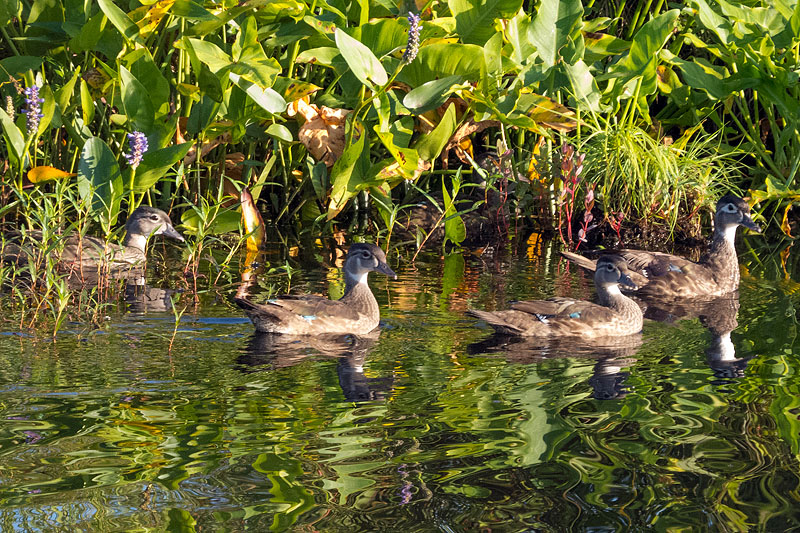
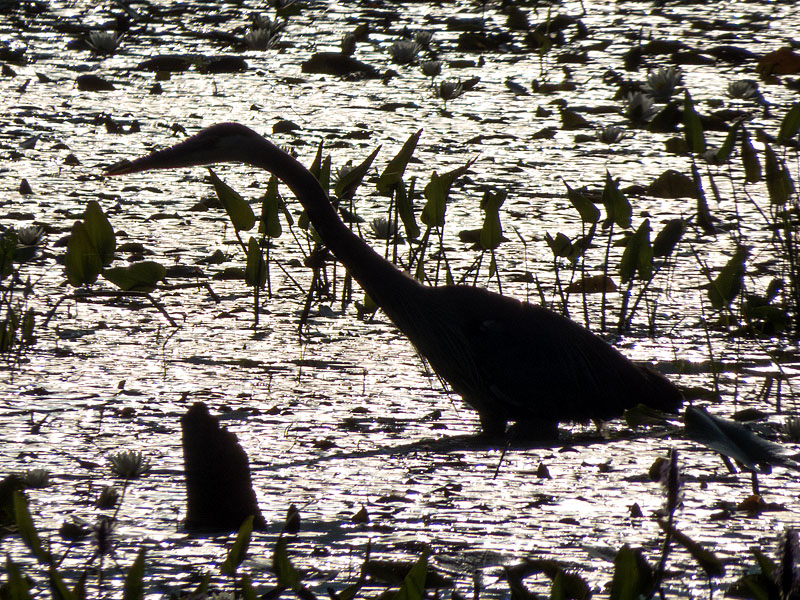
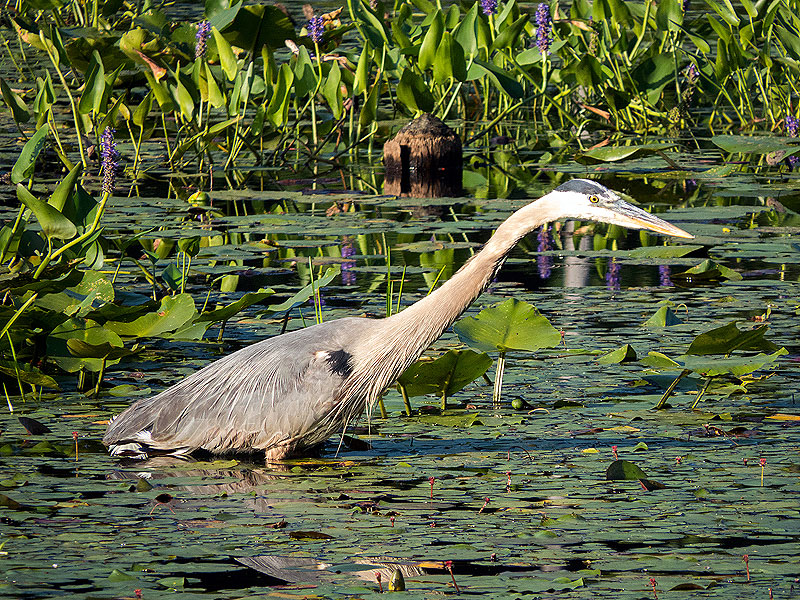
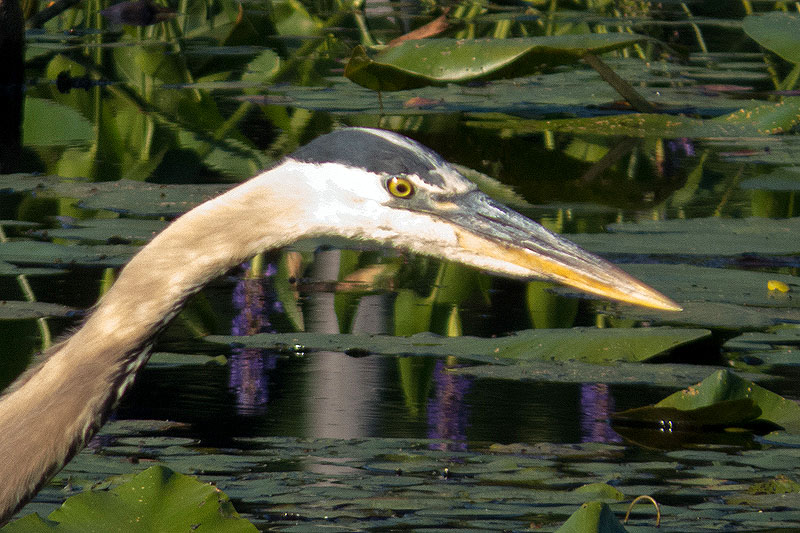
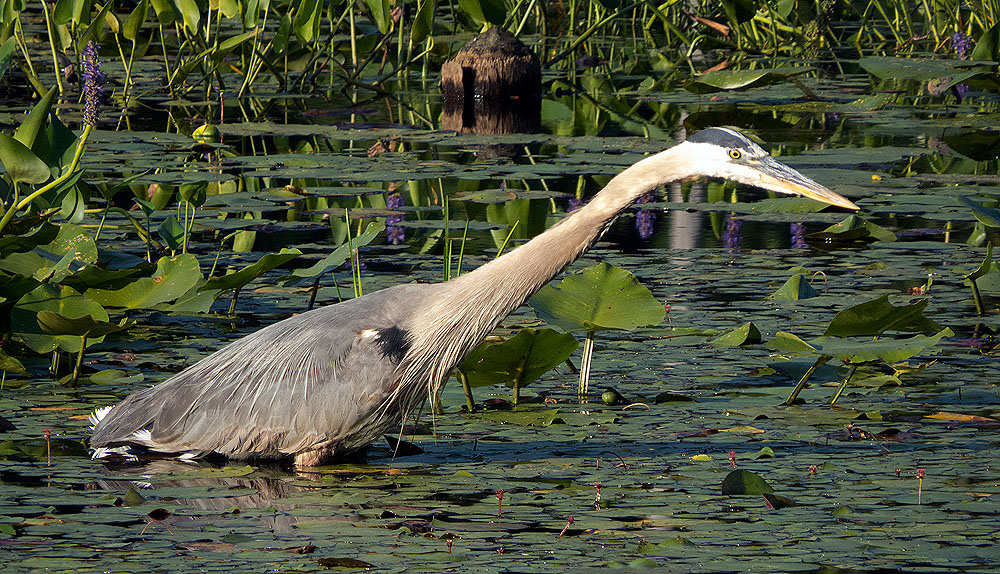
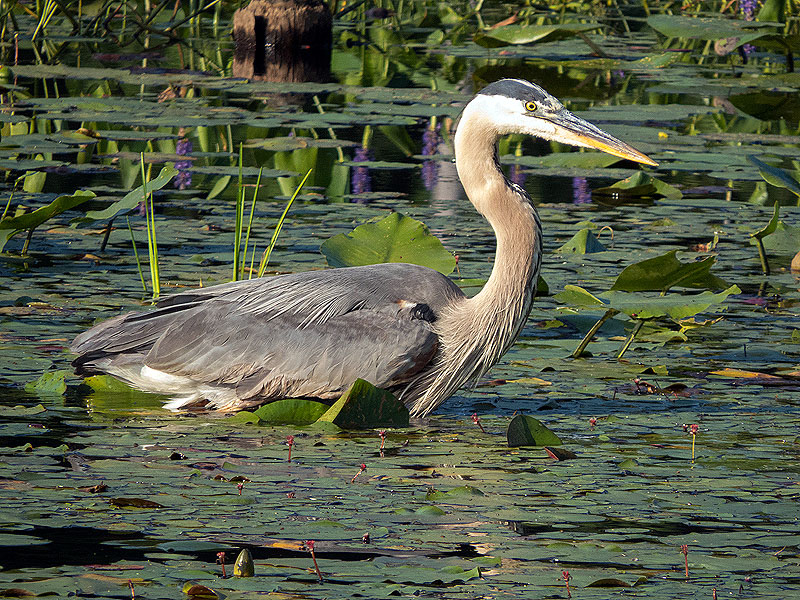
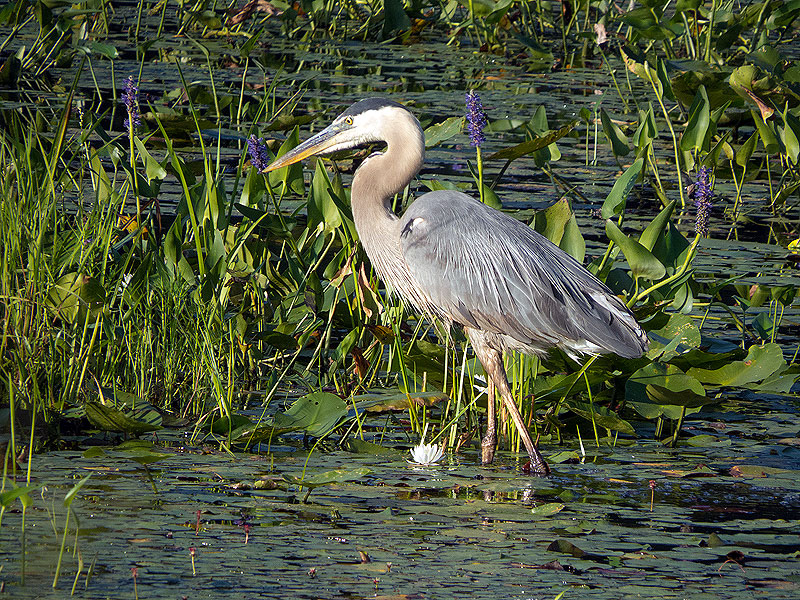
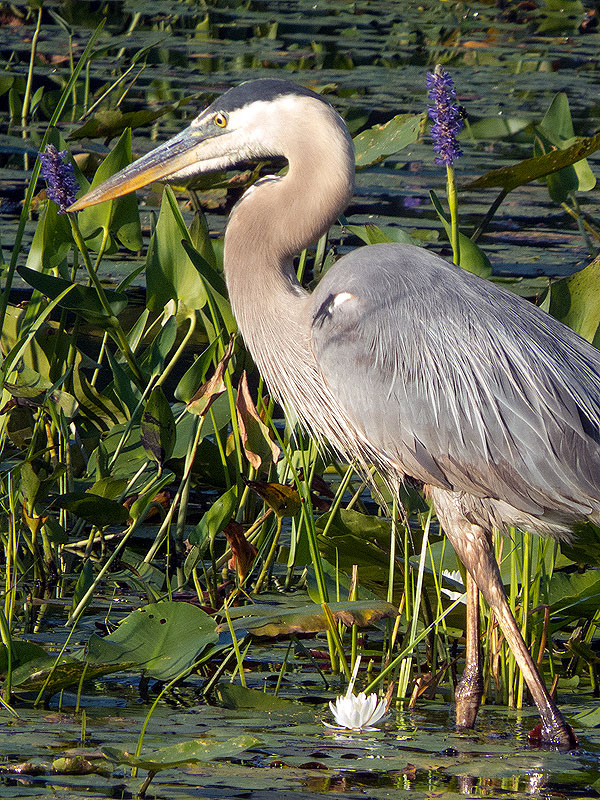
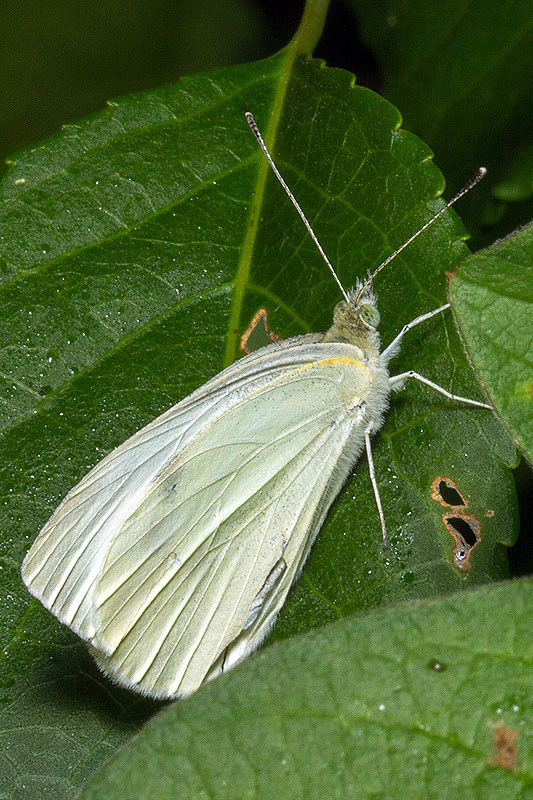
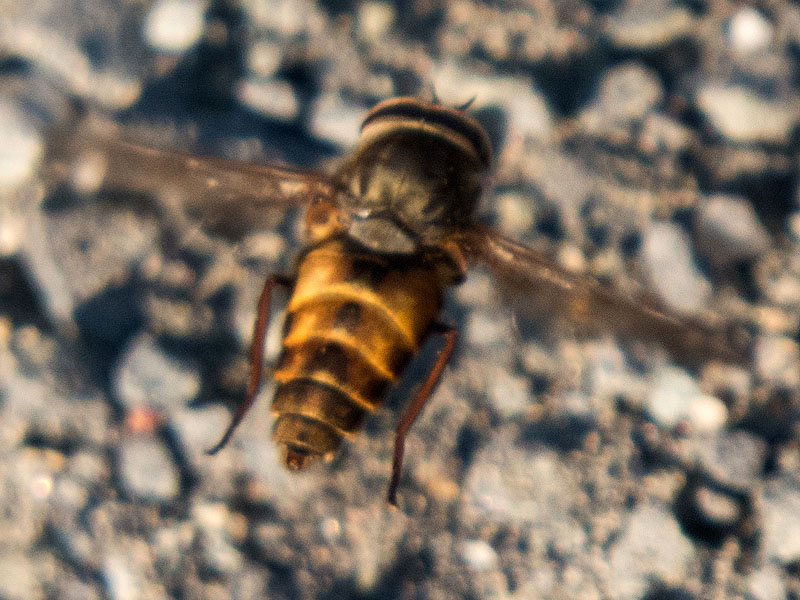
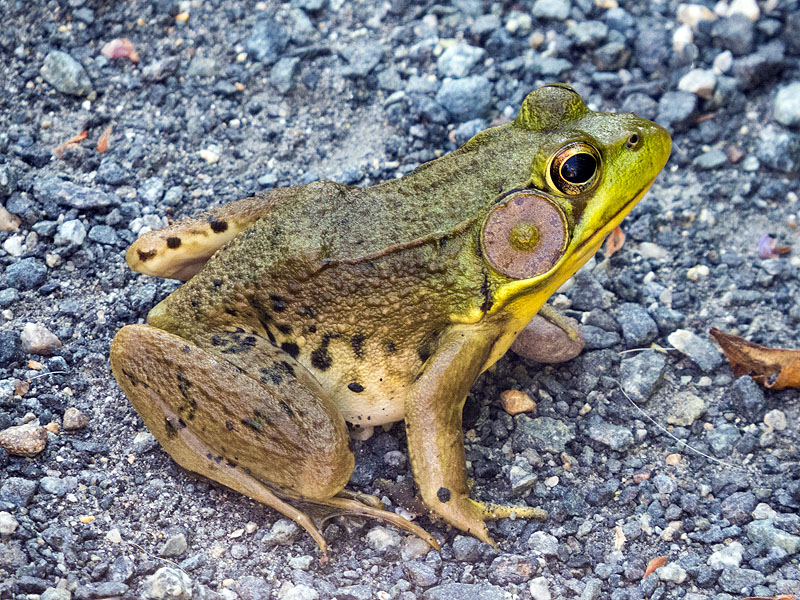
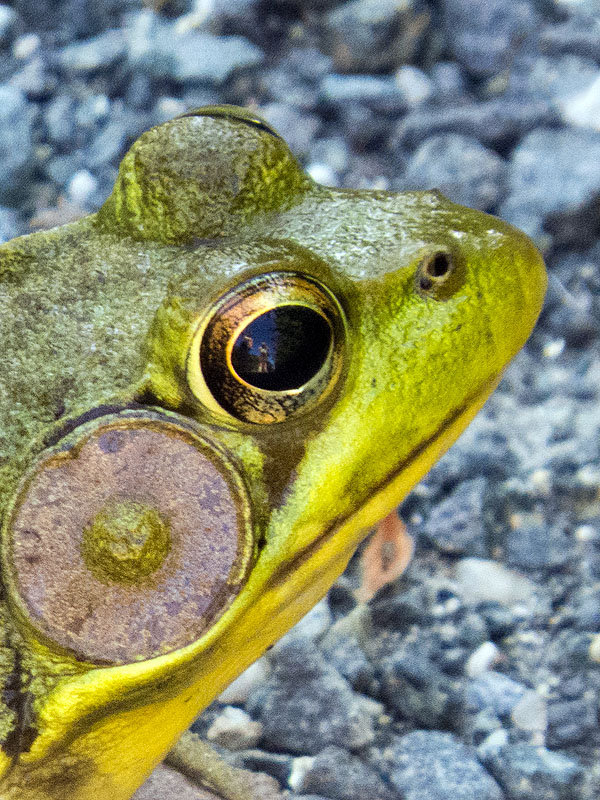
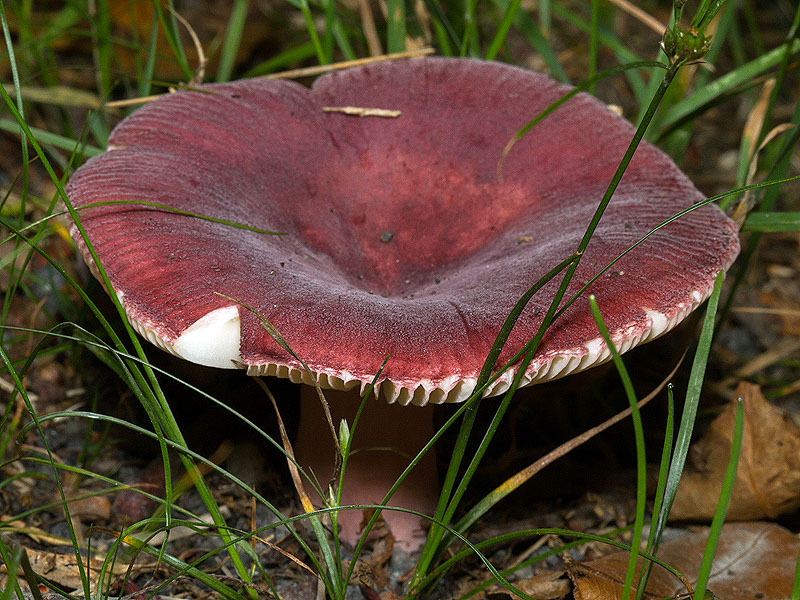
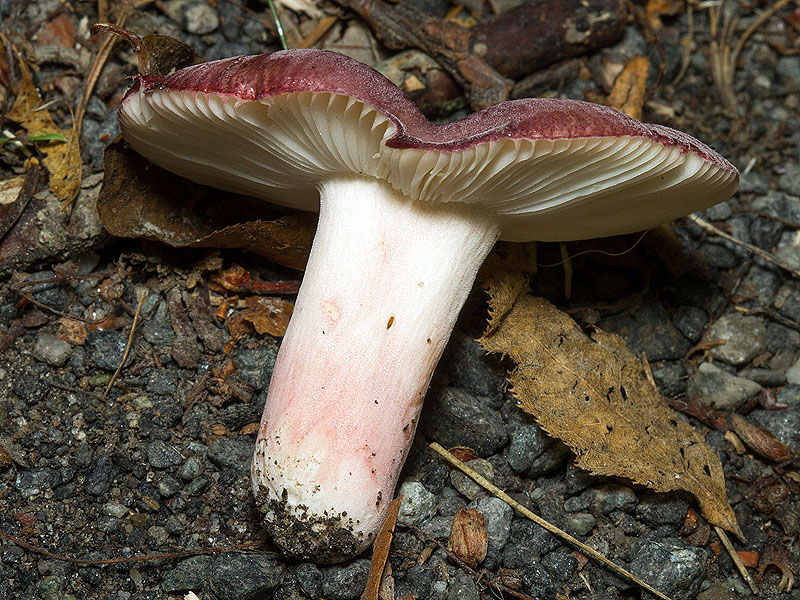

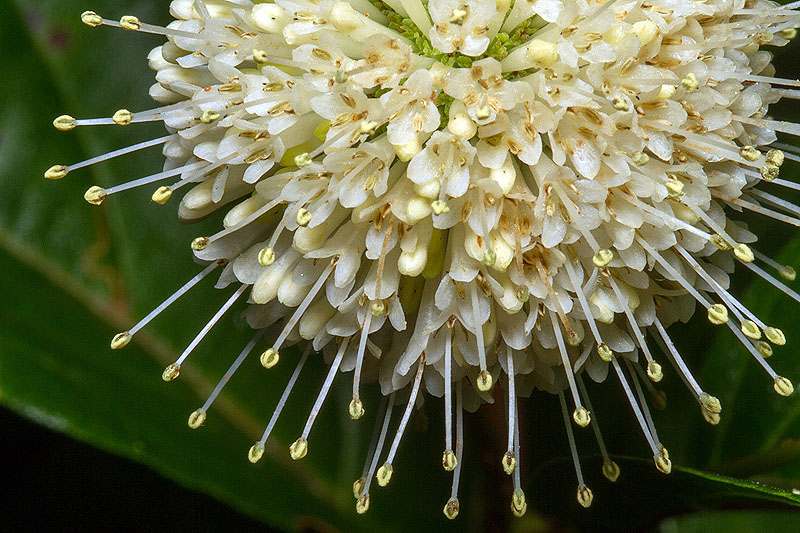
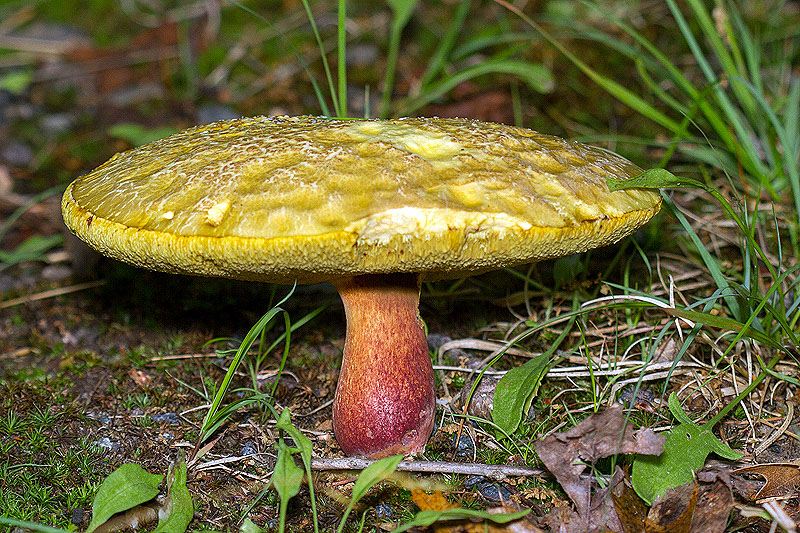
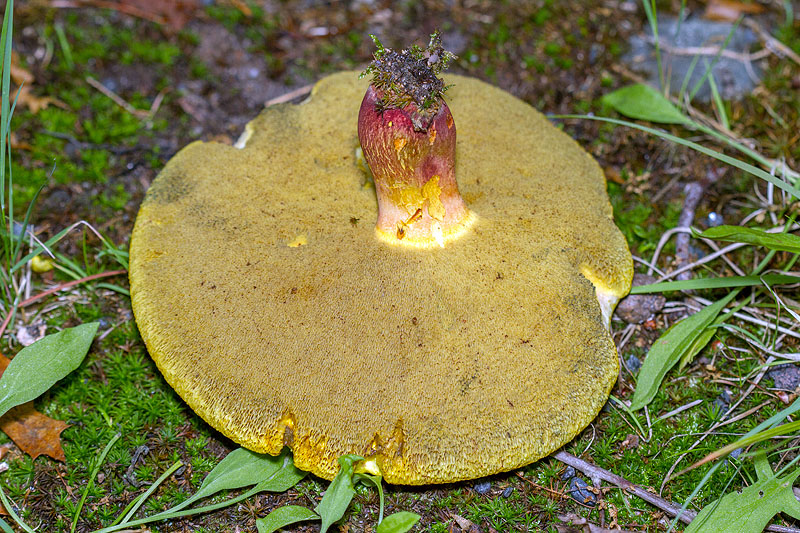
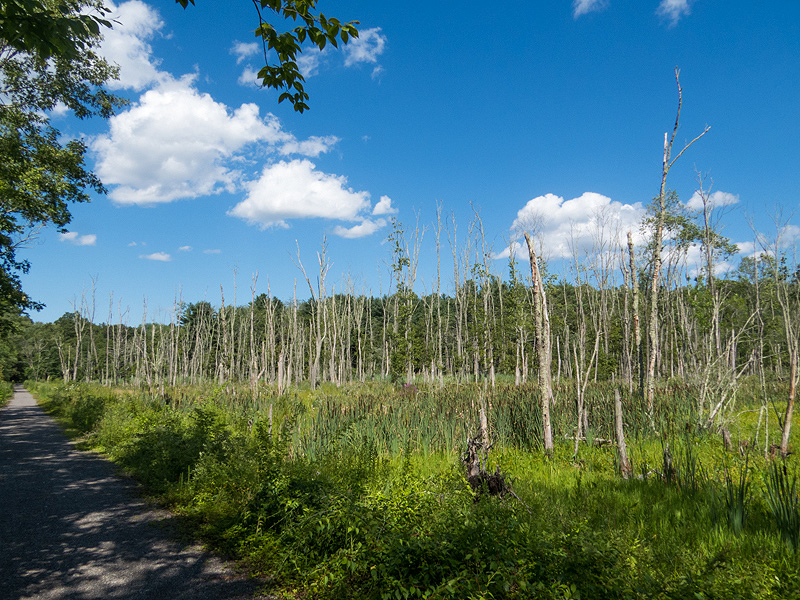
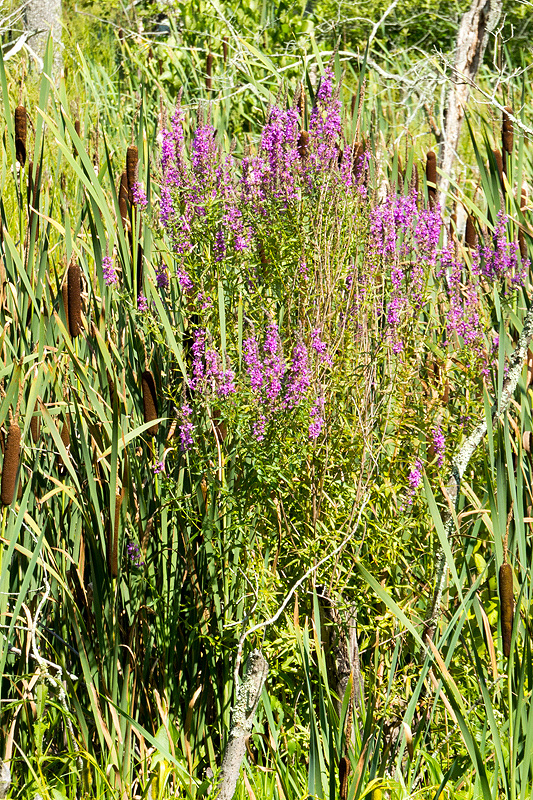
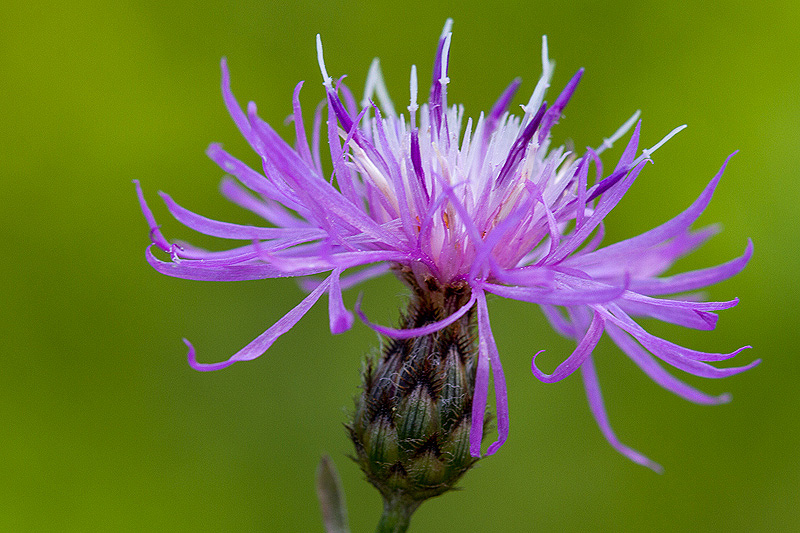
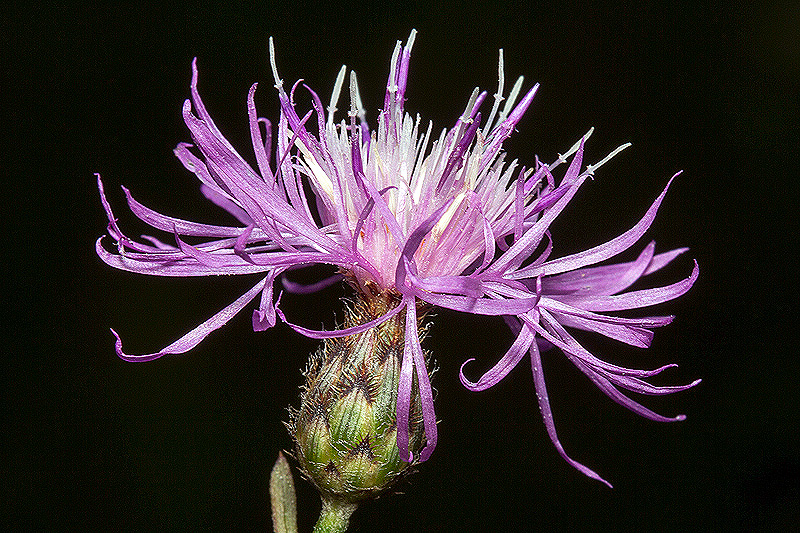
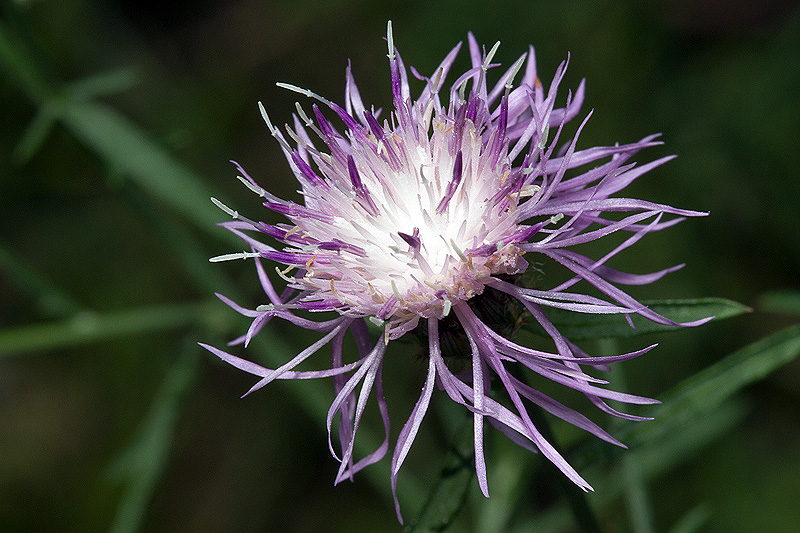
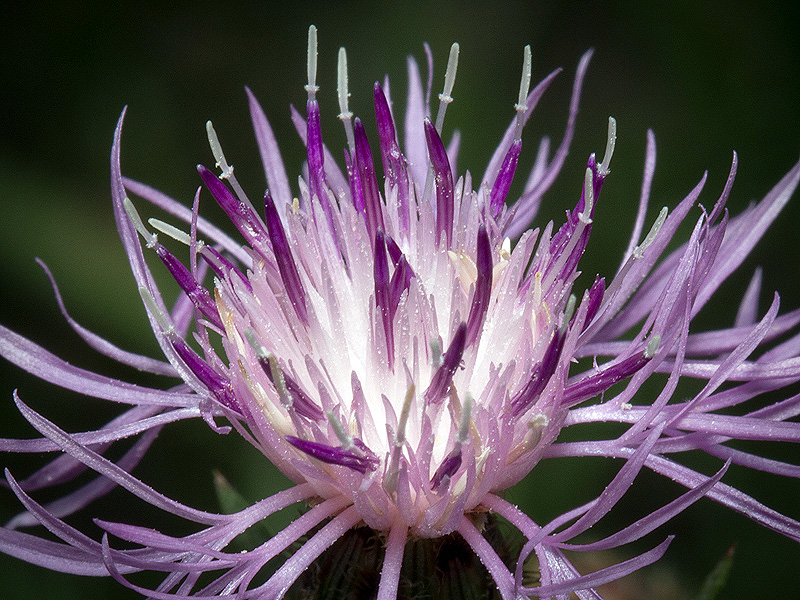
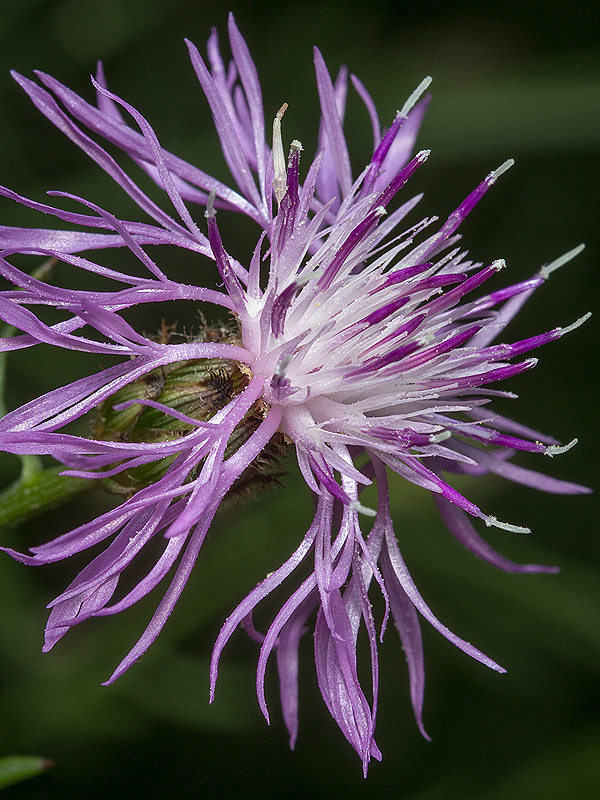
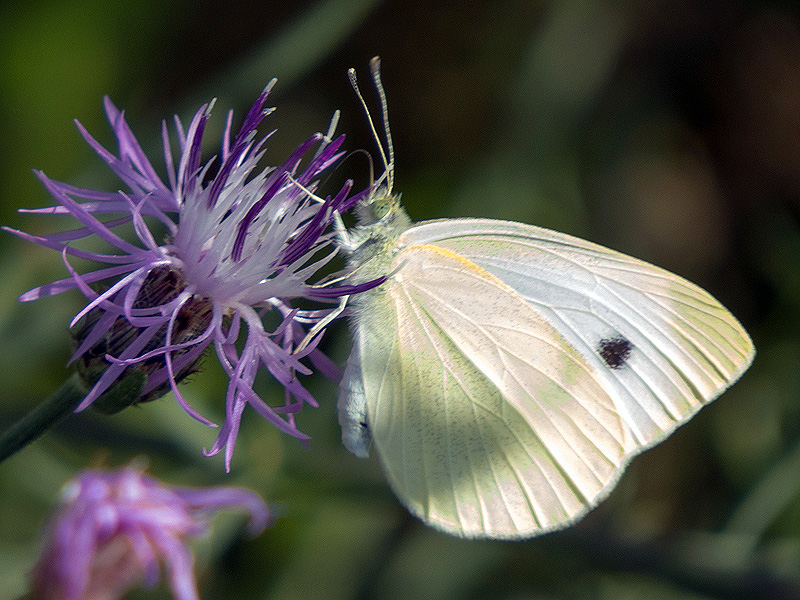
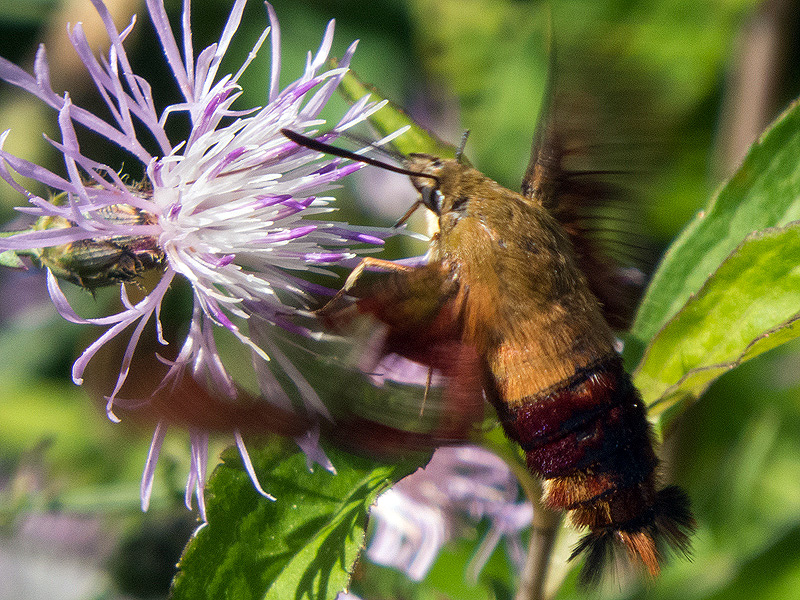
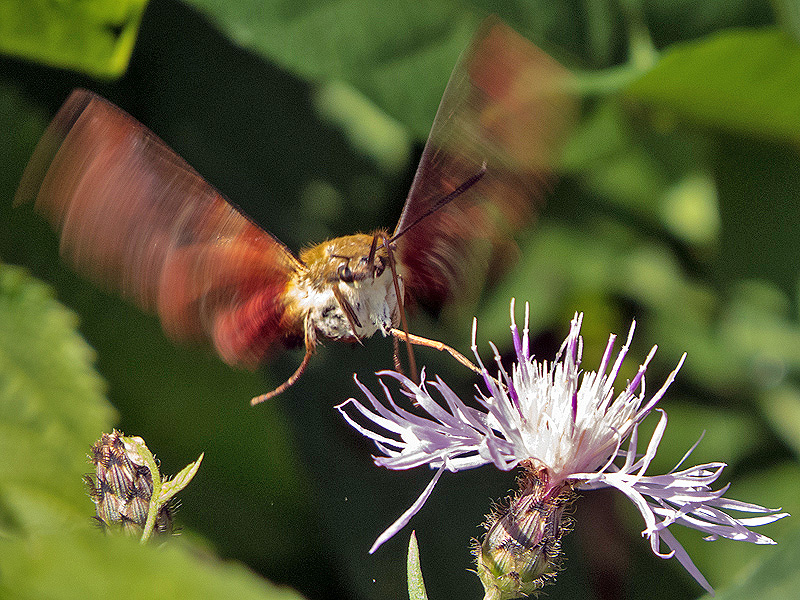
.jpg)
